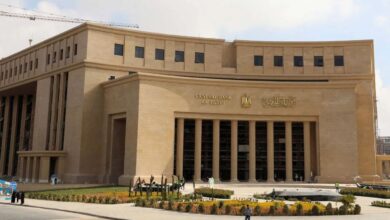
The Federal Reserve raised its target interest rate by three-quarters of a percentage point on Wednesday to stem a disruptive surge in inflation, CNN reported.
The rate hike was the biggest made by the US central bank since 1994, and was delivered after recent data showed little progress in its inflation battle.
“Overall economic activity appears to have picked up after edging down in the first quarter. Job gains have been robust in recent months, and the unemployment rate has remained low. Inflation remains elevated, reflecting supply and demand imbalances related to the pandemic, higher energy prices, and broader price pressures,” the council said.
“The invasion of Ukraine by Russia is causing tremendous human and economic hardship. The invasion and related events are creating additional upward pressure on inflation and are weighing on global economic activity. In addition, COVID-related lockdowns in China are likely to exacerbate supply chain disruptions. The Committee is highly attentive to inflation risks.
The Committee seeks to achieve maximum employment and inflation at the rate of 2 percent over the longer run. In support of these goals, the Committee decided to raise the target range for the federal funds rate to 1‑1/2 to 1-3/4 percent and anticipates that ongoing increases in the target range will be appropriate.”
“In addition, the Committee will continue reducing its holdings of Treasury securities and agency debt and agency mortgage-backed securities, as described in the Plans for Reducing the Size of the Federal Reserve’s Balance Sheet that were issued in May. The Committee is strongly committed to returning inflation to its 2 percent objective.”
The action raised the short-term federal funds rate to a range of 1.50 per cent to 1.75 per cent, and Fed officials at the median projected the rate increasing to 3.4 per cent by the end of this year and to 3.8 per cent in 2023 – a substantial shift from projections in March that saw the rate rising to 1.9 per cent this year.




